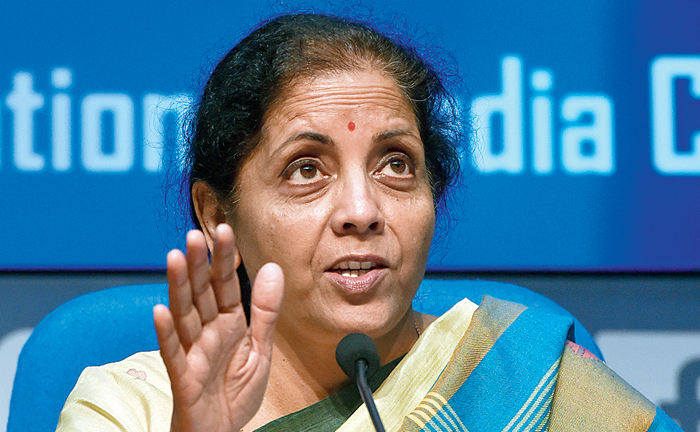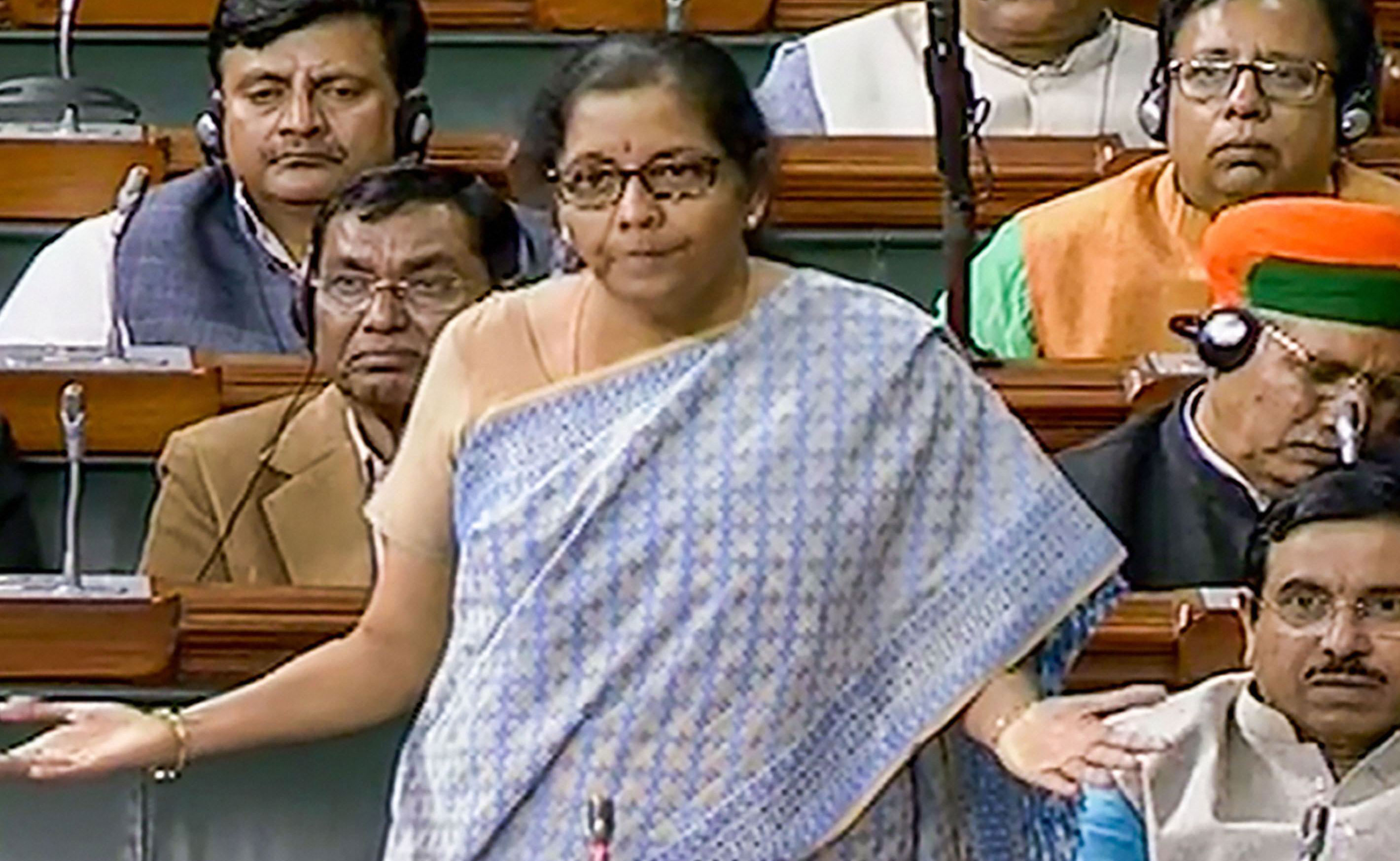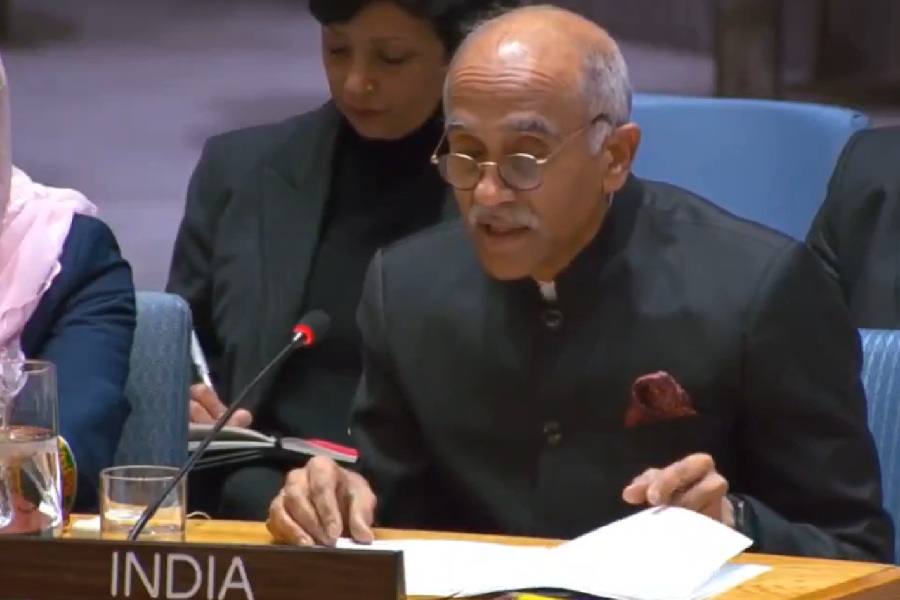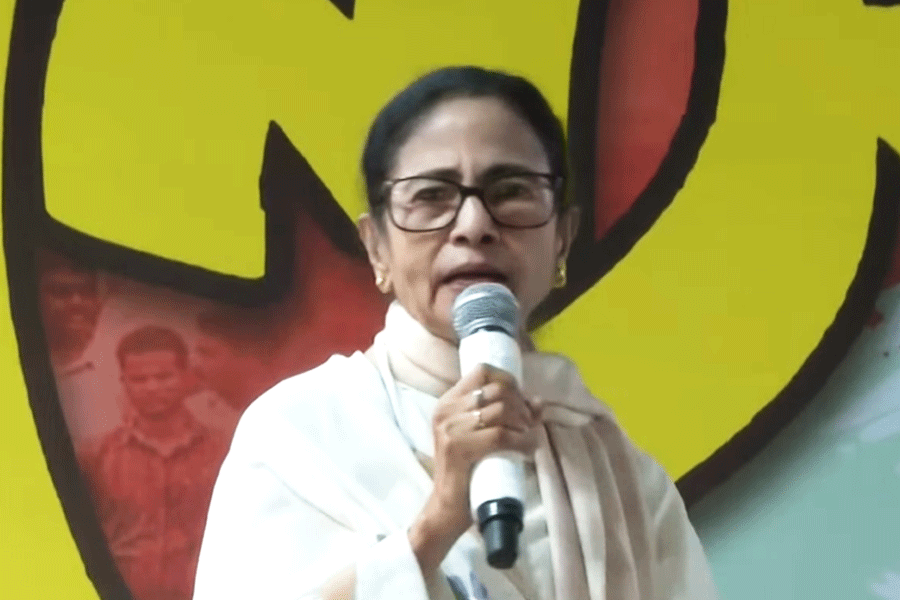The Union budget presented for the financial year, 2020-21, was curious in at least two ways. The first one was that in a speech that extended to almost three hours, there was no mention of the economic slowdown. Second, a number of minor schemes were discussed in great detail but without accompanying data. Very few people who care to listen to the budget speech actually go back to the ministry’s website to check the numbers. There was a pattern, though, in the budget. It revolved around the need for private investment. Even in the schemes where public funding would be available, there was mention of public-private partnerships. When these projects would get off the ground and how long they might take were left to an indefinite future. The underlying philosophy of the budget was in tune with the latest Economic Survey. If the government could create some conditions that would make private investments cheaper or easier in terms of costs or tax liabilities, then investments would take off and the trust in markets would do the rest of the work. The investors would be the existing enterprises, along with a host of new entrepreneurs with successful start-ups. The creation of wealth was at the centre of attention.
The finance minister, Nirmala Sitharaman, dwelt on three major points of action with great emphasis — aspirational India, economic development for all, and a caring society. In the long list of projects mentioned by Ms Sitharaman, it was not clear which were new, which were the existing ones, and how much additional allocations were being made. If the private sector was to be involved, what was the share of the public funding committed? On the tax front, the multiplicity of rates announced and the choice of a tax system by the taxpayer did not clarify exactly who would benefit significantly from the new regime by forgoing all exemptions like health insurance and public provident fund. Personal income tax payers constitute a very small proportion of the working population. There is no evidence in the budget that those who are unable to buy biscuits or other essentials are going to have more income or transfers to spend from.
The fiscal deficit has been eased as expected, with the revised estimate for 2019-20 standing at 3.8 per cent and the budget estimate for 2020-21 projected at 3.5 per cent. The Budget at a Glance indicates that the revised estimates of all receipts for 2019-20 have been lower than last year’s budget estimates. Total expenditures were also curbed to contain the fiscal deficit. This year’s projection of a 10 per cent nominal rate of growth and an approximately 6 per cent real rate of growth appears unrealistic. If consumer spending does not pick up, investments would not either. Consumer demand can pick up significantly only by direct transfers to the very poor. Investments, on the other hand, take time. With excess capacity in many industries, the immediate solution is to create demand. That requires, for a start, an admission that urgent steps are needed. The recognition of that urgency is, however, nowhere to be found in this budget.












